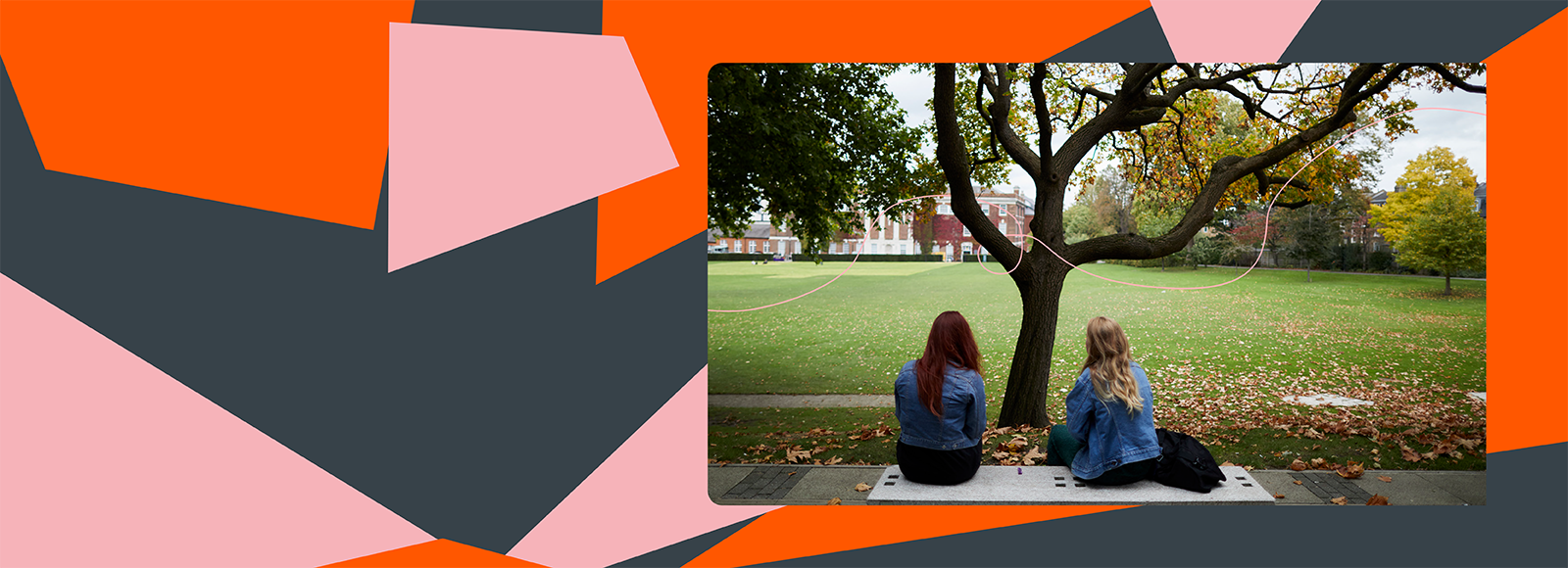- ...
Postgraduate Studentships - Search for funding opportunities.
Postgraduate Studentships - Search for funding opportunities.
Our MFA programme aims to strengthen your motivation, self-reflection and ambition as an emerging artist. We do this by subjecting art-making to intense critical scrutiny.
Applicants for Year One full-time and part-time (home/EU only) Diploma stage: undergraduate degree of at least second class (or international equivalent) plus experience as an artist.
Applicants for entry directly onto Year Two full-time and Year Three part-time of the programme (home/EU only) routes: you must already be in possession of 120 grade credits for postgraduate study from another programme to apply for direct entry into Year Two of the programme on either a full or part-time basis.
Requirement for part-time study: you need to have your own studio space in which to work over the four years of the programme.
You might also be considered for some programmes if you aren’t a graduate or your degree is in an unrelated field, but have relevant experience and can show that you have the ability to work at postgraduate level.
For fees and funding options, please visit website to find out more
Goldsmiths offers a range of financial support including postgraduate scholarships, bursaries and fee waivers. These are awarded based on a variety of criteria, for example academic achievements or personal circumstances.
Graduates from the MFA Fine Art Goldsmiths go on to success in a range of fields. As well as the many internationally renowned artists who have studied at Goldsmiths, others have gone onto become gallerists or curators or have entered the fields of art administration, education and other cultural industries.
The course at Goldsmiths enables you to focus on the development of your own skills and aspirations and to equip you with the resources to succeed in your chosen profession.
Year One (Diploma stage) can be taken either full-time for one year (until late July) or part-time for two years (until late July in both years). This year seeks to establish the core concerns and ambitions of your art.
Year Two (MFA stage) can be taken either full-time for one year (until late August) or part-time for two years (until late July, and then until late August in the final year). This stage of the programme enables you to address your ambitions for your art with an awareness of how it is situated.
Applicants who are already in possession of 120 grade credits for postgraduate study from another programme are able to apply for direct entry into Year Two of the programme on either a full or part-time basis. You may also take advantage of an exit point at the end of Year One of the programme and graduate with the Postgraduate Diploma in Fine Art.
What you study
This two-stage programme is designed to subject the making of art work, the ideas and concepts involved, and the works of art themselves, to artistic and critical scrutiny. This will include individually directed research to review, consolidate and strengthen your individual position as an artist. Students accepted onto the programme work in media areas including painting, sculpture, printmaking, installation, performance, art writing, textiles, digital media and video. The programme places a strong emphasis on student-centred learning – especially on your individual response to the divergent views you will experience in relation to your practice.

A melting-pot of ideas, one creative powerhouse One Goldsmiths At Goldsmiths, academic excellence and imaginative course content combine to make a pla...
Sign up to Postgraduate Studentships
Sign up to compare masters
Thanks for making your selection. Click below to view your comparisons.